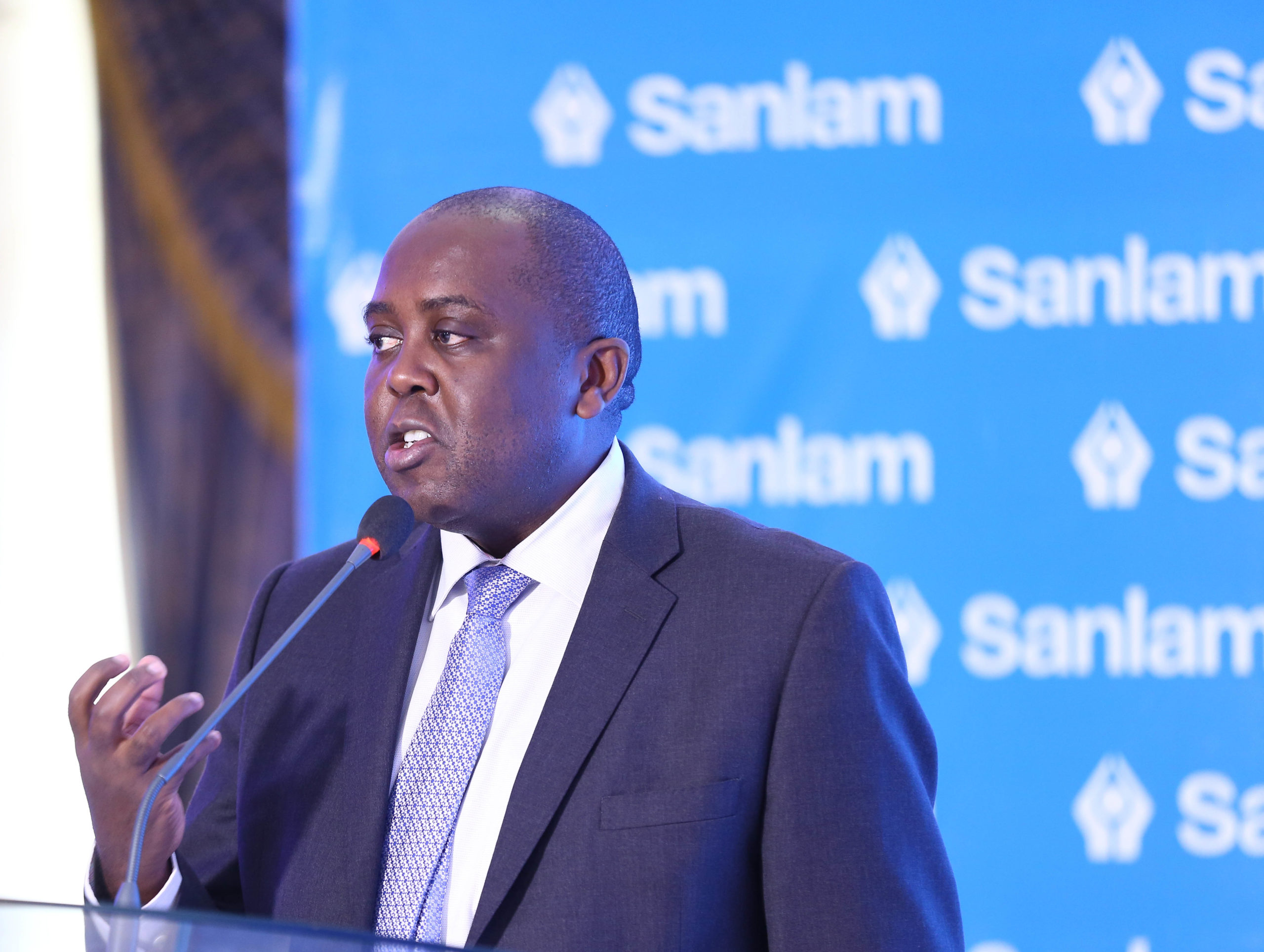The role of payment infrastructure in boosting cross border business and drive economic growth
By Denis Kruger, Head of Sub-Sahara Africa, SWIFT
Four years after its launch, Kenya, Tanzania, Uganda and Tanzania are benefitting from quicker and cheaper payments through the East African Payment System (EAPS). Currently serving a population of more than 150 million people – and with Burundi soon to go live on the platform – what are the driving forces behind EAPS and what impact is it having on the region?
Lack of shared rules and regulations, cross border trade tariffs and lack of infrastructure remain major barriers to economic growth in Africa. According to the World Bank, the African market remains highly fragmented, which limits the movement of goods, services and people across borders. The United National Economic Commission for Africa has also recently highlighted the need to boost intra-African trade to deliver development across the continent and speed up Africa’s economic transformation.
African payments, via international banks
While the transport of goods and services is critical for Africa’s development, enabling the movement of capital to support trade and development within Africa is equally important. According to SWIFT data, only 12.8% of commercial payments from Africa went directly to other African countries, even though the final destination of more than 20% of these payments was within the continent. A large proportion was settled internationally, including 37.2% in the United States. This international financial intermediation is costly, and takes time.
Pan-regional payment systems operating within harmonised legal and regulatory frameworks of regional economic areas will make intra-regional payments easier, faster and cheaper. This will help to increase cross-border trade within regional communities such as the East African Community (EAC) or the Southern Africa Development Community (SADC). Competitive local payment services will also help to reduce the need for international financial intermediation thereby keeping African transactions within Africa. It will also help to increase access to financial services. Looking beyond high value transactions, the addition of low value intra-regional payments could also extend benefits to consumers by enabling the creation of new products and services that could increase financial inclusion.
Policy makers have recognised the role that payment systems and other infrastructures play in fostering and deepening economic development; therefore, over the last 5 years, many African countries have invested in their financial market infrastructures (FMIs). The World Bank too has prioritised the development of payment systems as a crucial component of its work to reduce poverty and boost prosperity.
Several pan-regional payment systems already exist, including SIRESS in SADC, which went live with the first four SADC countries in 2013, and the East African Payment System (EAPS), which was established by the EAC also in 2013.
Focus on East Africa
The EAC, which includes Uganda, Kenya, the United Republic of Tanzania, Rwanda and Burundi, was established to strengthen economic, political, social and cultural integration in order to improve the quality of life of people in East Africa. The EAC intends to realise this by increasing competitiveness within the region, creating value-added products, and boosting trade and investment.
To help achieve these ambitions, Kenya, Tanzania, Uganda and Rwanda implemented the multicurrency regional payment system, EAPS, which links the domestic payment systems in each country. This makes cross-border fund transfers much easier within the Community, supporting the free movement of goods, labour and services.
The EAPS platform, launched in November 2013, is underpinned by the high value payment systems at each country’s Central Bank (called real time gross settlement systems) which operate on the SWIFT messaging network for safe and secure delivery of payment and settlement messages. It enables banks to make or receive cross-border payments seamlessly in their respective local currencies. A key aim was to reduce the cost of financial transactions, which would in turn help to increase the trade flows that are critical for economic growth.
Over the last four years, the members of EAPS have reaped several benefits from using the platform.
The system supports all member currencies and simplifies the process of transferring funds cross-border by reducing commission and other charges. For example, previously when a Kenyan bank wanted to send funds to a bank in Tanzania, it would need to change Kenyan shillings into dollars via a foreign intermediary bank, and then into Tanzanian shillings on the other side. EAPS removes this step, allowing direct currency exchange, therefore lowering the cost of doing business across the region.
Transaction times have also been significantly reduced. While a payment used to take up to two days, it can now take place in only a few hours. By using SWIFT, EAPS also benefits from the highest levels of security, resiliency, standardisation and automation.
The ambition for EAPS is that it will be the platform of the future, enhancing efficiency, continuing to reduce settlement times and lower transaction costs, thereby encouraging greater levels of trade within the region and furthering economic growth.
Currently four countries are connected to EAPS, and Burundi is scheduled to join the platform later this year. The realisation of such a large regional economic bloc has great strategic and geopolitical significance. Encompassing some of the most vibrant economies in Africa with a combined population of more than 150 million people, a land area of 1.82 million square kilometres and a combined gross domestic product of $146bn, EAPS will play a key role in boosting the economies of the East Africa region.




